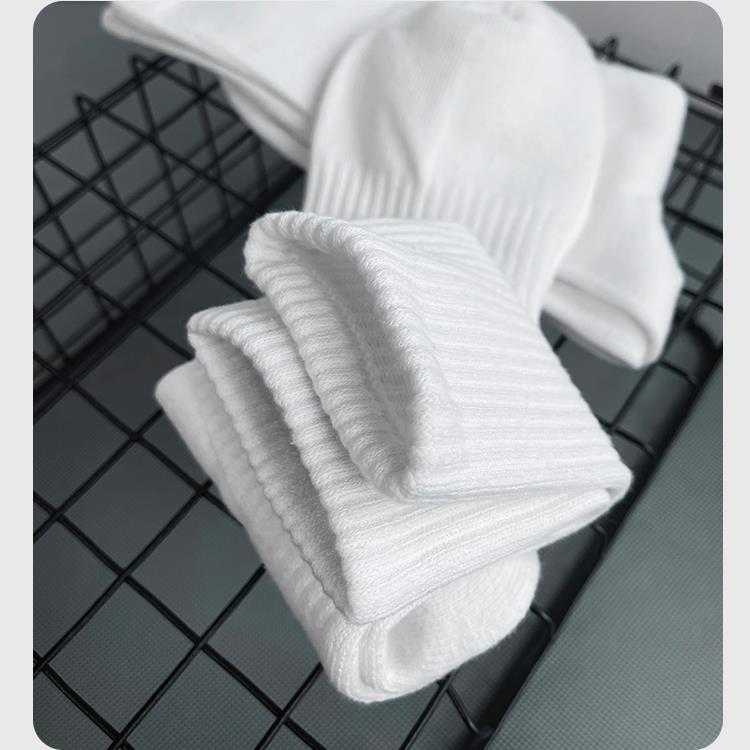Summary:Sports socks are designed to provide comfort, support, and performance during various physical activities. The choice of...
Sports socks are designed to provide comfort, support, and performance during various physical activities. The choice of materials plays a crucial role in determining the moisture-wicking, breathability, cushioning, and durability of sports socks. Here are some materials that are commonly used and suitable for sports socks:
Polyester:
Advantages:
Quick-drying and moisture-wicking, keeping feet dry during intense activities.
Durable and resistant to abrasion.
Lightweight and breathable.
Nylon:
Advantages:
Adds durability and strength to the sock.
Resistant to wear and tear.
Provides a snug fit and retains shape.
Spandex or Elastane:
Advantages:
Offers stretch and flexibility for a snug fit.
Enhances the sock's ability to stay in place during movement.
Provides compression for added support.
Acrylic:
Advantages:
Soft and lightweight.
Wicks moisture away from the skin.
Retains warmth in cooler conditions.
Coolmax:
Advantages:
Engineered for superior moisture management.
Quick-drying and breathable.
Keeps feet cool and dry during intense physical activities.
Merino Wool:
Advantages:
Natural moisture-wicking properties.
Regulates temperature, keeping feet cool in warm weather and warm in cold conditions.
Soft and comfortable.
Bamboo:
Advantages:
Naturally moisture-wicking and breathable.
Environmentally friendly and sustainable.
Soft and suitable for sensitive skin.
Cotton Blends:
Advantages:
Soft and comfortable.
Some blends incorporate synthetic fibers for improved moisture-wicking.
Suitable for less intense sports or casual activities.
Mesh Panels:
Advantages:
While not a material, mesh panels are often incorporated into sports socks to enhance breathability.
Allow for better air circulation, keeping feet cool.
Compression Fabrics:
Advantages:
Compression socks are often made with a blend of materials like nylon, spandex, and polyester.
Provide graduated compression for improved blood circulation and muscle support during sports.
When selecting sports socks, consider the specific demands of your chosen activity. For high-impact sports or activities with intense movement, socks with a blend of synthetic materials like polyester and nylon are often favored for their moisture-wicking and durability. Additionally, features such as cushioning, arch support, and seamless construction can contribute to overall comfort and performance.


